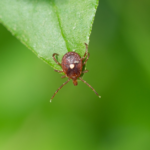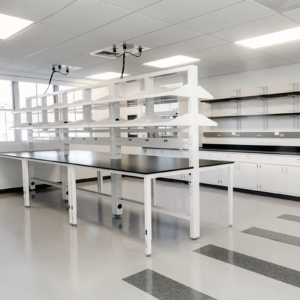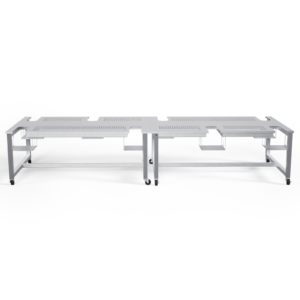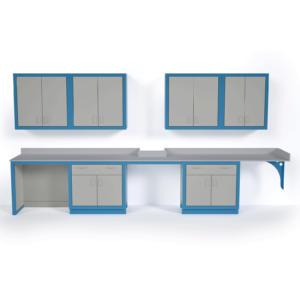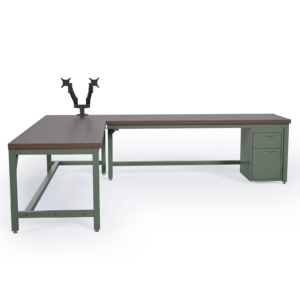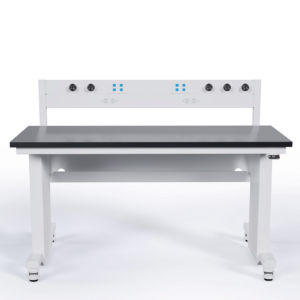The Polar Cryosphere Regions are Thawing and Melting – Exposing Ancient Pathogens in the Process.

When we think of anthropogenic climate change, what often comes to mind first are videos of polar ice caps melting and glaciers calving new icebergs into the ocean.
But while melting continental ice sheets and glaciers may grab the headlines, there are other changes taking place in the earth’s cryosphere, such as the extensive thawing of permafrost soils.
Deep soil temperatures have risen by 2 degrees C in the last decade, leading to an abrupt thawing of the permafrost layer (a process known as thermokarst).
As the permafrost layer melts, the ground often subsides, forming wetland areas that can release significant amounts of methane gas (CH4) as the previously frozen organic materials start to ferment. Because methane is a powerful warming agent, this process of warming the cryosphere and thawing permafrost will accelerate as the released methane reaches the atmosphere, reinforcing a vicious circle of global warming.
But there is another hidden danger found in thawing permafrost – it exposes large-scale organic deposits – including potentially deadly ancient viruses and bacteria – for the first time since the Last Glacial Period (LGP) ended about 12,000 years ago.

What are the Biological Risks to Human Health from Exposing Ancient Pathogens?
What danger do ancient pathogens pose to human health? In other words, are there viruses and bacteria from the pre-ice age era (a time when the earth was warmer) that could wreak havoc on plant and animal life today?
The first question that scientists who study microbial archeology (known as paleomicrobiologists) are asking themselves is what kind of pathogens could survive for millennia in these extreme conditions. Frozen permafrost conditions are harsh, with few available nutrients. The little available moisture is highly saline as well, with a low pH (acidic) and low oxygen levels (anoxic).
Given these extreme conditions, should we be worried about permafrost being a significant reservoir for microbial pathogens?
Yes.
There have already been worrying cases of pathogens being released by thawing ice.
In 2015, two people succumbed to anthrax spores believed to be released from thawing soil in the permafrost tundra of Russian Siberia.
Researchers have discovered reservoirs of ancient Influenza A RNA in a frozen Siberian lake that could be transmitted to migratory birds. Scientists have also identified a frozen animal (anthropoid) RNA virus and a plant DNA virus in the Canadian Arctic.
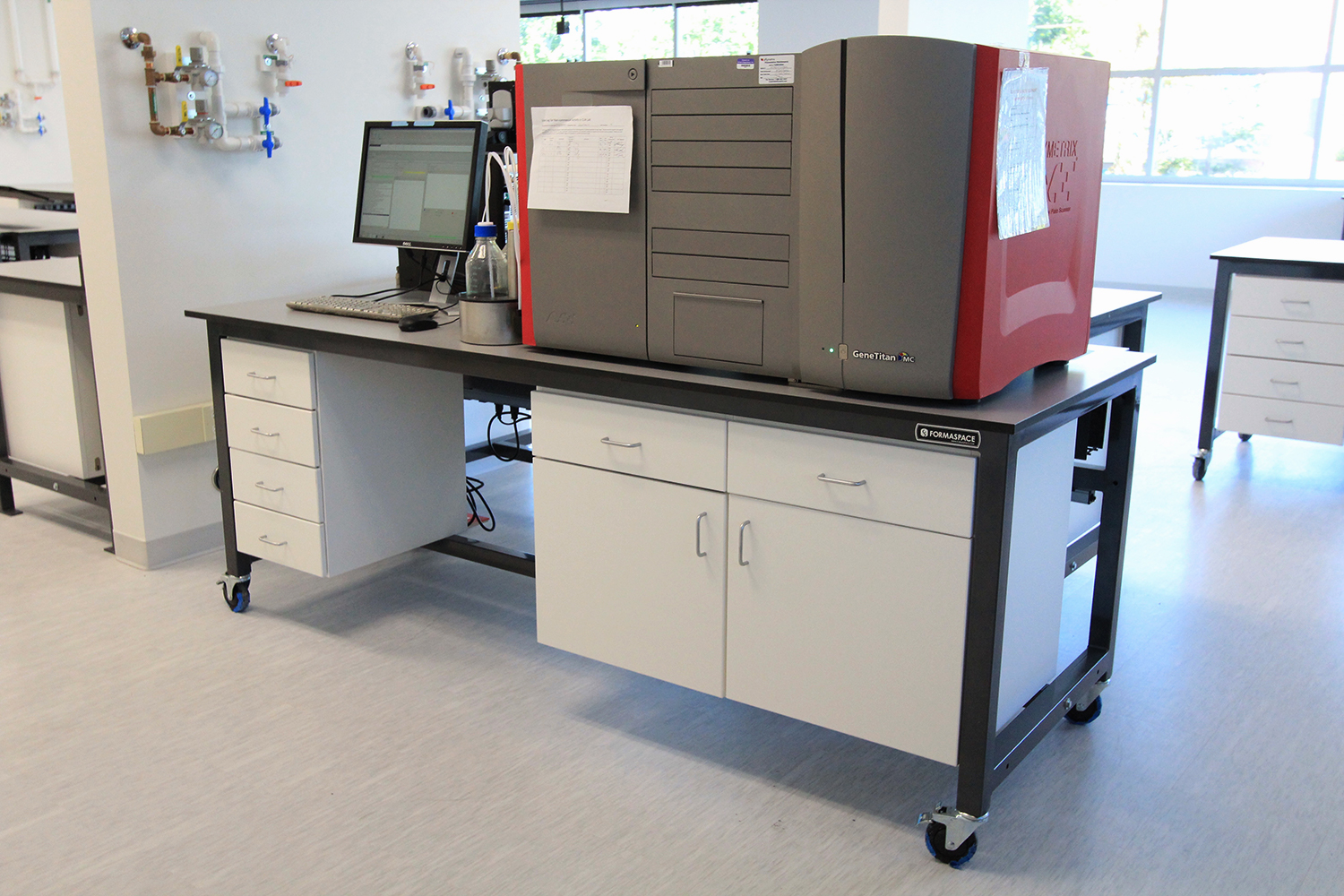
The concern is that, to mix metaphors, these discoveries might be the tip of the iceberg – and that many more ancient microorganisms and viruses hidden in permafrost could emerge, posing a risk to modern-day humans, animals, and plants.
Can We Inherit Immunity to Ancient Viral Pathogens that Infected Humans in the Past?
But are these “ancient” pathogens really “new” (or, in pandemic terms, “novel”?)
In other words, just how potentially vulnerable are modern humans, plants, and animals vulnerable to the re-emergence of old pathogens?
Lab researchers are finding evidence that, in the case of humans, there are instances where we may inherit immunological protection from viral infections that affected our ancestors.
One research team led by George Kassiotis, head of the Retroviral Immunology Laboratory at the Francis Crick Institute in London, found that, during the Covid pandemic, 43% of children had significant Covid antibodies before infection, compared to only 5% of adults. The theory posed in the paper published by Kassiotis’ team is that, in the case of Covid, young people are inheriting the immune system “memory” of similar infections passed down from earlier generations.
(Unfortunately, in the case of Covid, this immune system “memory” appears to fade over time, which could explain why so few adults created Covid antibodies before infection. One possible explanation is that cumulative exposure to viruses over time somehow interferes with the memory cells of the immune system, disabling the body’s ability to fight off the virus.)
Nonetheless, the idea that we can pass down an immunological “memory” of past viral infections from one generation to the next is exciting – but it begs the question, exactly where is this information stored and how is it activated?
The answer lies in what was once derisively called “junk” DNA or genetic dark matter – the small segments of the human genetic map (about 5% of the total) that were initially thought to be potentially dangerous and useless extra baggage.
But more recently, scientists have begun to look at this part of our DNA in a new light.
What was once considered junk DNA has now been recognized as remnants of ancient retroviruses, or endogenous retroviruses (ERVs), that infected our ancestors and, in the process, became embedded within our human genome.
Scientists are discovering how ERVs serve an important role in human health – from regulating placental development to instructing the immune system to fight infectious viruses.
Ancient viruses embedded in our DNA may also be able to help fight cancer.
This past week, scientists from the Francis Crick Institute published another paper that highlights how a subset of white blood cells (known as B Cells) can help fight lung cancer by creating antibodies that bind to tumors in the lung. The research team believes that these B cells are directly responding to instructions from proteins that are expressed by ERVs, e.g. from the remnants of ancient viruses embedded in our DNA.

Paleomicrobiology Researchers are at the Front Line of Monitoring the Spread of Ancient Pathogens in Polar Regions
The branch of research studying the historical development of ancient pathogens is known as “Paleomicrobiology” – a discipline also described as “Microbial Archaeology.”
Like other archaeologists, much of the work is done in the field, with current efforts focused on exploring the front lines of melting ice and permafrost in the polar regions.
These researchers serve as a front-line defense and alert system, ready to sound the alarm when dangerous viruses and bacteria have the potential to spread to humans, plants, and animals.
Unfortunately, the risk of zoonotic disease outbreaks is increasing as polar regions heat up.
Warmer temperatures are encouraging plants and animals to migrate to Arctic and Antarctic regions; these invasive species not only upset the local ecosystems, but their presence also increases the risk of ancient diseases spreading quickly, via disease vectors such as migrating birds or organisms hitching rides on ships plying newly ice-free shipping lanes.
Why are Lab Researchers Eager to Study Ancient Bacteria and Viruses, and Are there Risks to Reconstituting Newly Exposed Pathogens from the Past?
As our recent discoveries about the importance of ERVs show (see above), the identification and classification of ancient virus pathogens can help geneticists and disease researchers develop a deeper understanding of how our human immune systems evolved.
Scientists are also eager to study ancient bacteria that live in remote, inhospitable frozen regions.
They are especially keen to study isolated bacteria cultures that have not yet been exposed to modern antibiotics, to gain a deeper understanding of “virgin” bacteria and the potential for zoonotic infection and interaction with other pathogens.
(Nearly all common bacteria cultures today have developed genetic mutations in response to the widespread use of antibiotics, starting with penicillin 95 years ago,)
However, researchers need to proceed with caution.
While not all ancient pathogens pose a direct threat to human, plant, and animal life, there is a potential risk of accidental contamination – from attempting to reconstitute ancient viruses and bacteria or allowing collected samples to escape the safe confines of the laboratory.
For those working in these fields, now is a good time to review and challenge existing safety precautions to prevent such an occurrence from happening.

Formaspace is Your Laboratory Research Partner
If you can imagine it, we can build it – here at our factory headquarters in Austin, Texas.
Speak to your Formaspace Design Consultant today to find out how we can work together to make your next laboratory build or remodeling project a success.




